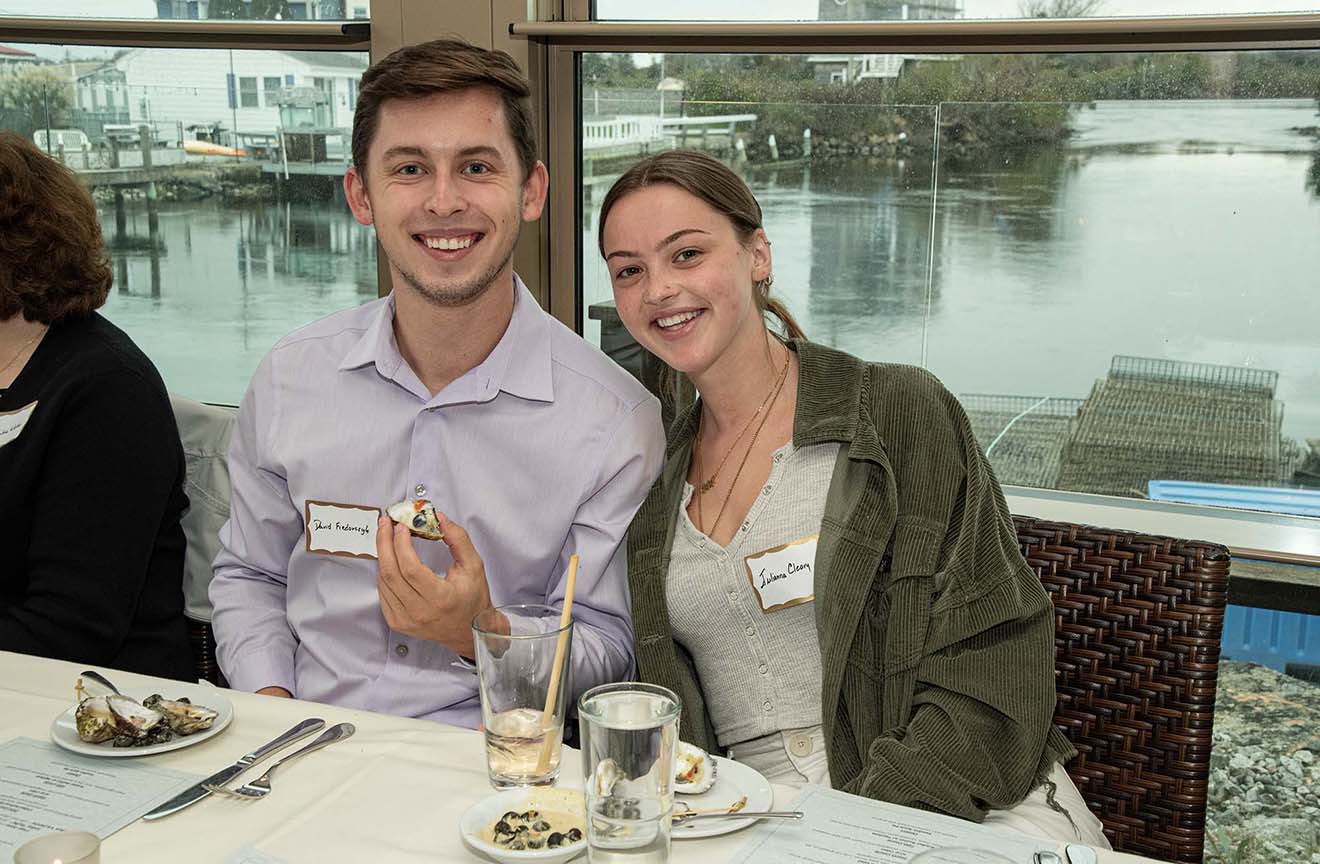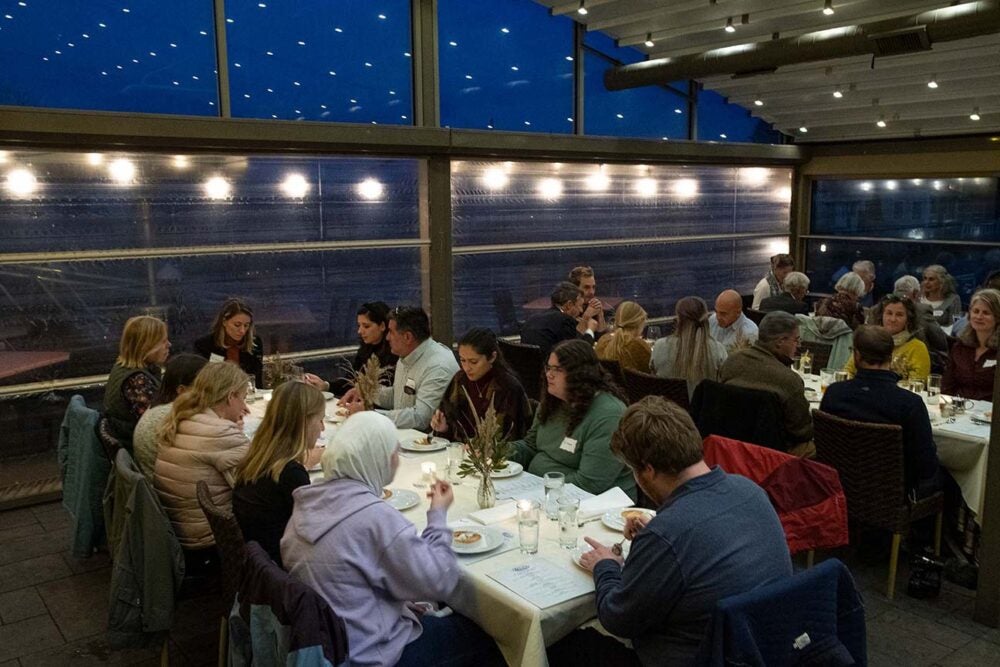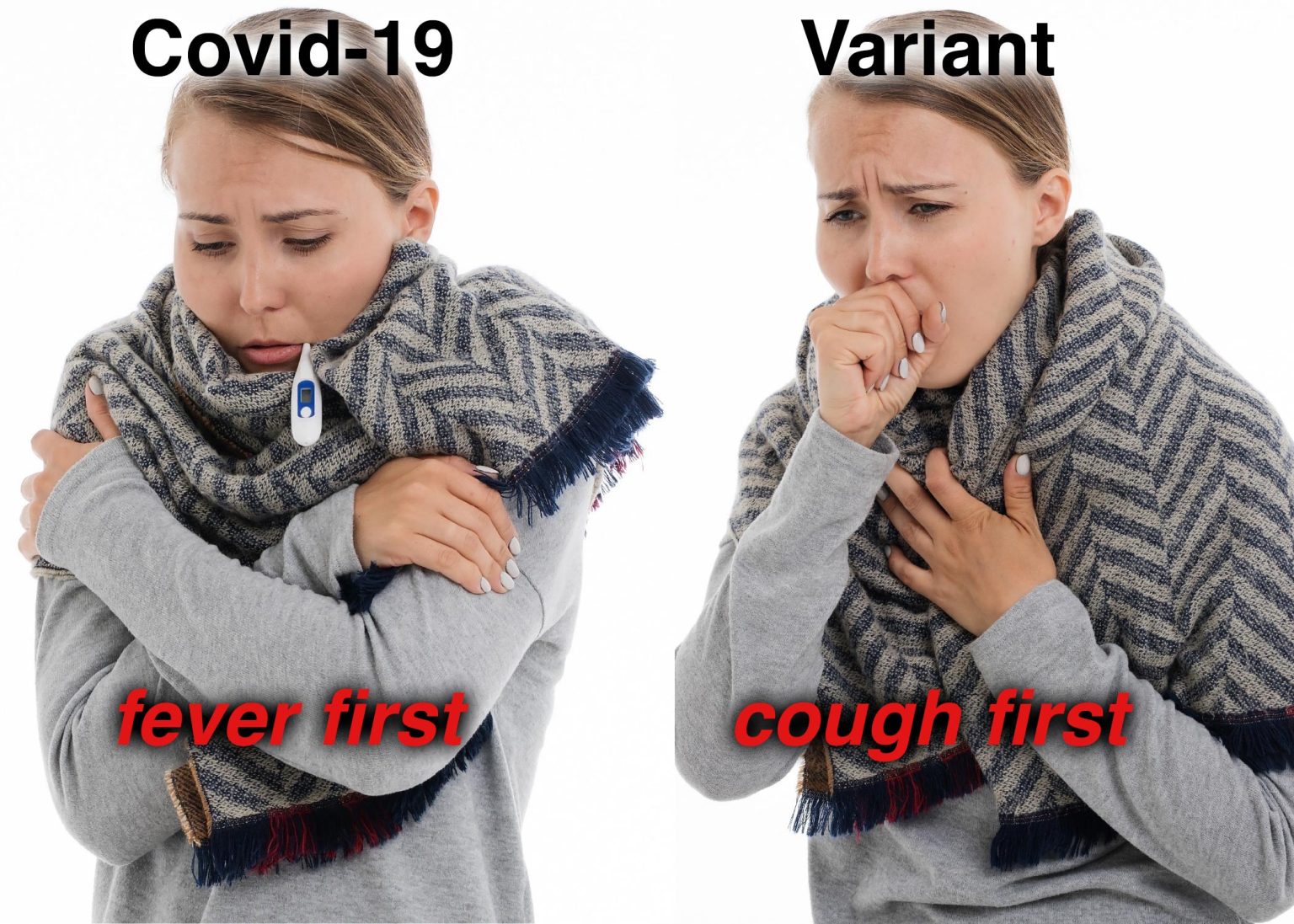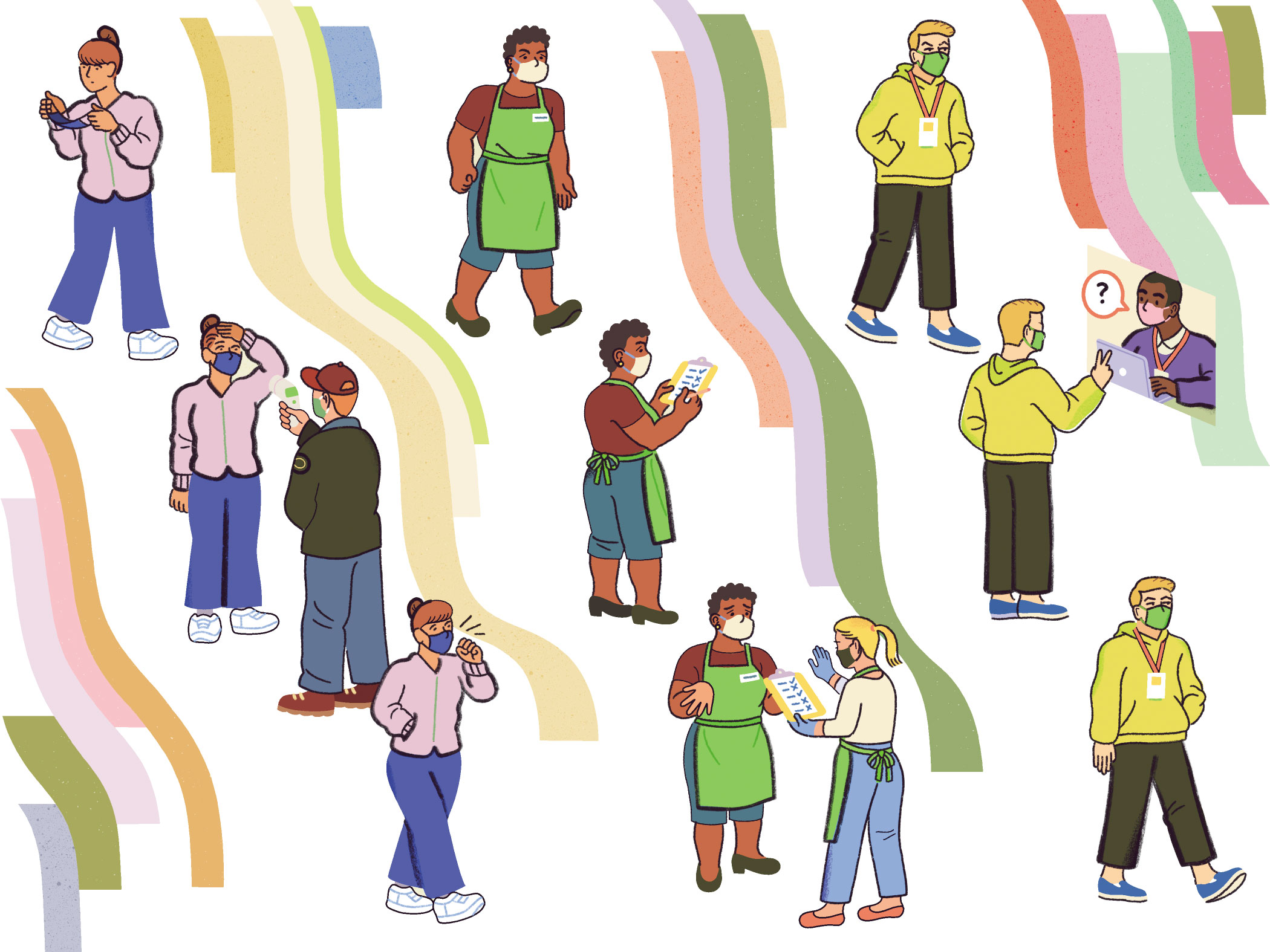Critical Race Theory - why it's important
By
Jack Caswell
When it comes to eliciting visceral reactions, there is no other topic quite like race, and for good reason. Taking pride in one’s race and ethnic heritage is so natural and justified as to seem innate. Racial disparagement, regardless of the source or the target is ugly, ignorant, and cruel.
Interracial
discussions about race, as painfully necessary as they may be, are highly
sensitive and potentially combustible. Into this climate, Critical Race
Theory has emerged as an emotionally-charged, controversial issue in American
education, especially since the high-profile police officer killings of George
Floyd and other African-Americans.
CRT
started as a collegiate-level field of study, but it is becoming increasingly
prevalent in secondary education, and as would be expected, the political
backlash has been passionate and vitriolic.
According
to Columbia University’s Columbia News, Republican lawmakers in more
than 20 states have introduced or passed legislation that would ban schools
from teaching about structural racism, or CRT. Additionally, former Vice
President Mike Pence has characterized CRT as “racism,” and Texas Senator Ted
Cruz has compared CRT to the notorious Ku Klux Klan.
Regardless
of your stance on this issue, the fact remains that any objective pedagogical
methods in U.S. history or American literature that is completely devoid of
political and/or racial bias has been and will continue to be the best
educational approach.
That
means informing all students of all ages about our nation’s sordid history
regarding the attempted genocide of Native Americans, the enslavement of
African-Americans, and the subsequent, centuries-long battles for civil rights
and racial equality that minorities in this country have had to fight for and,
many would argue, continue to fight for.
EDITOR’S NOTE: How different would Charlestown politics be if Chariho students were taught honest history about the interaction of the Narragansett Indian Tribe and the Europeans who settled in Rhode Island?
From the 1675 Great Swamp Massacre to the enslavement and dislocation of tribal members that culminated in an almost complete land grab in 1882 then federal recognition in 1983 to the 2009 Carcieri v. Salazar Supreme Court decision that compromised that recognition – what do Chariho students and their parents know about these events that have made Charlestown what it is?
Charlestown is the ONLY RI municipality
to keep a lawyer on full-time retainer for the sole purpose of blocking any
effort the Narragansetts to better their quality of life. – Will Collette
Sensitive
Caucasians take note: There is no shame in acknowledging our ancestors’
egregious behavior. The shame is in denying and perpetuating those same
behaviors and attitudes. Sensitive minorities take note: Some of the CRT
instructional methods on record constitute misguided overreaction and should be
either toned down or eliminated altogether.
Any
American literature teacher who includes or has included in his/her curriculum Huckleberry
Finn, To Kill a Mockingbird, A Raisin in the Sun, A
Native Son, Harlem Renaissance poetry, or a host of other selections from
the canon that address racial discrimination, inculcates – unwittingly or not –
some form of Critical Race Theory. And it shouldn’t be any other
way.
Students
should learn about the onerous struggles for survival, respect, and equality
that African Americans and other minorities have had to endure in the United
States in order to rectify these blights on our society. For the same reason,
any American history curriculum that neglects to address the heinous treatment
of African Americans, Native Americans, and other minorities that has marked
our nation’s past is failing its students.
However,
there is such a thing as going too far, and if Christopher F. Rufo, in his
April 2021 article Critical Race Theory in Education, is credible,
then such practices as teaching students that “all white people”
perpetuate systemic racism, as a Buffalo public school allegedly does, or
claiming that babies show the first signs of racism at three months old and
become full-blown “racists” by age five, as the Arizona Department of Education
allegedly does as part of its “equity” toolkit, or professing that white, heterosexual
Protestant males are inherently oppressors, as a middle school in Springfield,
Missouri allegedly claims, then the pendulum has swung too far. These
practices are bound to perpetuate, not inhibit, divisiveness and mutual
resentment among the races.
News
flash: Racism has been prevalent among cultures around the globe since at least
biblical times. History is replete with religious, cultural, and ethnic biases,
many of which have been the impetus for epic wars. There is not one race
that is singularly responsible for or guilty of it.
History
also suggests that racism is part of human nature, and that is the truly sad
and unfortunate part. Samuel Clemens, a.k.a. Mark Twain, as cynical as he was
about human nature, probably characterized the ludicrous and insidious nature
of racial prejudice when he wrote: “All I know is that man is a human being,
and that is low enough for me; he can’t be any worse.”
The
encouraging part is that Twain was wrong. All races, ethnic groups and
cultures are teeming with noble, intelligent, courageous, magnanimous,
altruistic, compassionate, intrinsically beautiful, vulnerable, and sensitive
people.
Jack Caswell is the author of Secret Societies & Classic
Literature and a contributor to Southern Rhode Island
newspapers as well as Progressive Charlestown. In his former lives, he was a
sports writer and an English teacher.



































